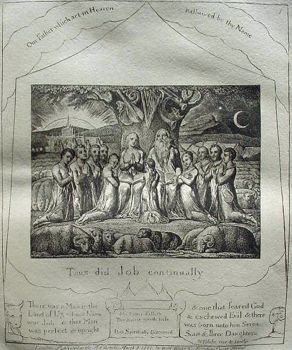About the artist
Arnulf Rainer, born on December 8, 1929, is a celebrated Austrian artist renowned for his contributions to abstract informal art. Originating from Baden, Austria, Rainer's early artistic endeavors were significantly shaped by Surrealism. In 1950, he co-founded the Hundsgruppe (Dog Group) with fellow artists Ernst Fuchs, Arik Brauer, and Josef Mikl, marking the beginning of a dynamic phase in his career.
By 1954, Rainer's artistic expression underwent a profound transformation, characterized by a deliberate "Destruction of Forms." This period of his work is distinguished by the use of blackening, overpainting, and masking of illustrations and photographs, signaling a departure from traditional forms and embracing a more radical approach to art. Rainer's connection to Vienna Actionism became evident through his incorporation of body art and his experimental painting techniques, often influenced by psychoactive substances. A significant theme in Rainer's oeuvre is the tragedy of Hiroshima, reflecting on the nuclear attack and its catastrophic consequences, both politically and humanely.
Rainer's innovative work did not go unrecognized; in 1978, he was honored with the Grand Austrian State Prize. That same year, and again in 1980, he represented Austria at the Venice Biennale, showcasing his art on an international stage. From 1981 to 1995, Rainer shared his expertise and vision as a professor at the Academy of Fine Arts in Vienna, despite having left the same institution as a student after only three days, dissatisfied with its conventions.
Rainer's art has been exhibited in prestigious institutions worldwide, including the Museum of Modern Art and the Solomon R. Guggenheim Museum. In a significant acknowledgment of his artistic legacy, the Arnulf Rainer Museum was inaugurated in Baden, Austria, and later, a museum bearing his name opened in New York City in 1993. His works have been a continuous presence at the European Cultural Centre's palazzos in Venice during the Biennale since 2011. That year, he also published "Unfinished into Death", further cementing his status as a pivotal figure in contemporary art. Rainer's enduring influence and innovative contributions to the art world continue to be celebrated and studied by art enthusiasts and scholars alike.

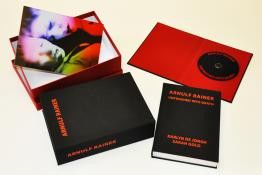
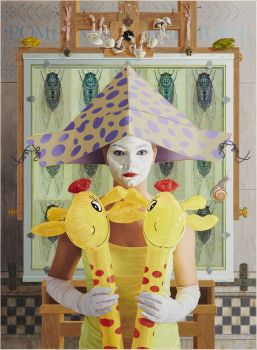





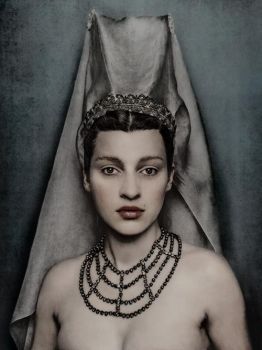

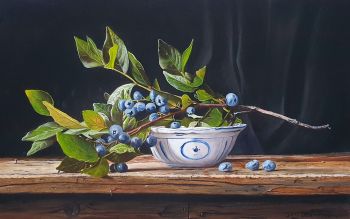
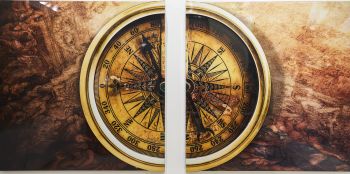

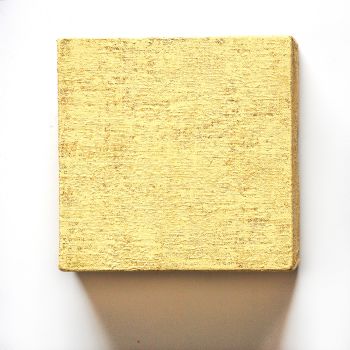

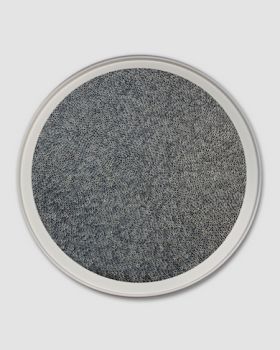
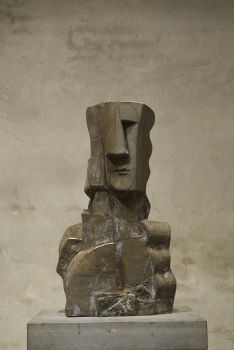
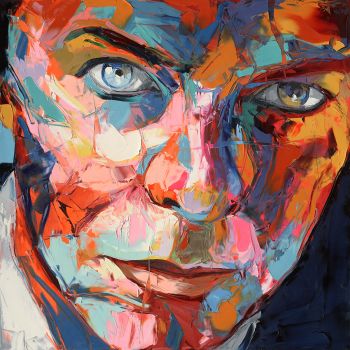


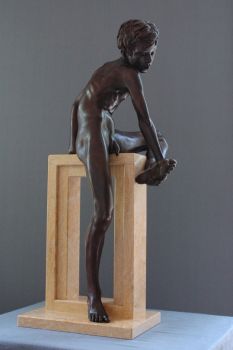
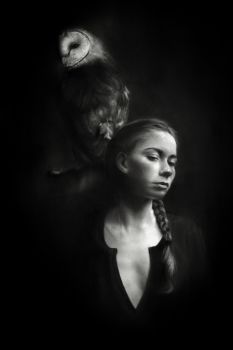
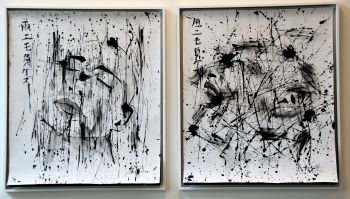

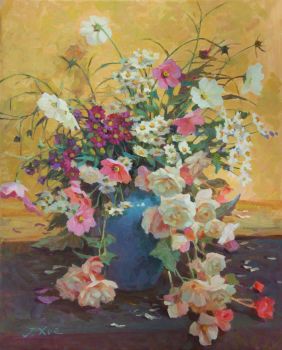
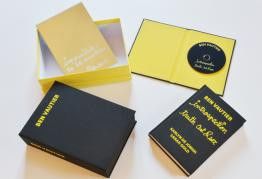










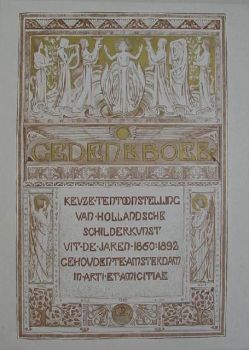
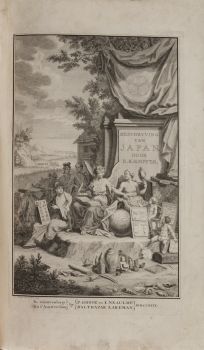
!["SKIMMING THE WATER [MENAGE A QUATRE]" Signed book plus small artwork by LAWRENCE WEINER](https://media-2.gallerease.com/images/442bfd5f-fc31-4e18-a2fa-ee0c08eade64/350x350/skimming-the-water-menage-a-quatre-signed-book-plus-small-artwork.jpg)
